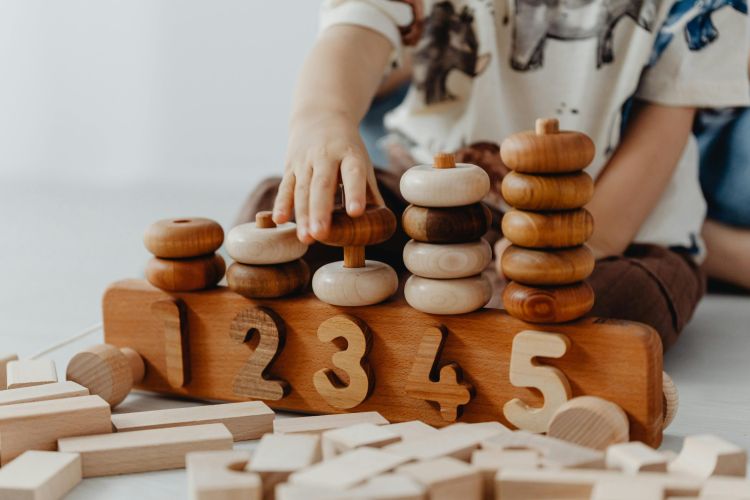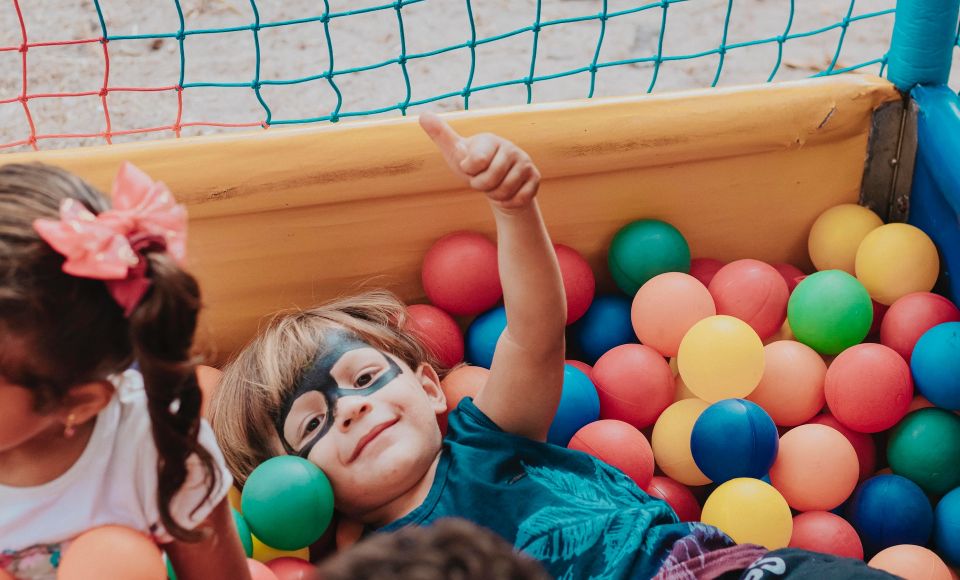
The Montessori Approach
Montessori is a style of education which focuses on emphasising independence in young children and which helps them to use their own initiative and learn in a supportive environment. There are many reasons why a parent might choose a Montessori education for their child.
About Montessori Education
This method of education was developed by an Italian physician, Maria Montessori in the early 1900’s. Some conventional measures of achievement such as tests or grades are discouraged and not used in a Montessori setting.
The Montessori method has been used in many parts of the world, in both public and private schools since this time. The method fosters self-motivated growth in children in all aspects of their development whilst also helping nurture their natural desire for knowledge and understanding. The method takes the view that knowledge is to be gained from experiences and doing things rather than sitting down and listening to what someone is teaching them.
Each child is valued as their own unique self – the Montessori method recognises that children have different ways and speeds of learning. Students in a Montessori setting will also develop coordination, concentration, independence, and order skills to help support the student’s self-regulation. Students can also enjoy some freedom within certain limits and are part of a close community. They are given the support to question things, to learn and to become confident self-directed learners who can work both alone and, in a group.
Where Montessori Comes From
Maria Montessori developed her educational methods through attending courses in Rome and learning educational theory. She also took the time to visit the city’s mental asylums and saw that the children confined in these asylums needed more stimulation from their environment. This eventually led her to open her first classroom where her work was based on observing the children experimenting with what was available to them including the environment and various materials.
During this time period, she also met a couple. Alice and Leopoldo Franchetti, whose work held many similar theories to Maria’s – they helped her to refine her methodology, even going so far as to release a book, and within a few years, Montessori education had become extremely well known and had even spread to the United States of America.
The Montessori Philosophy
A human has four ‘planes’ of development, Maria Montessori observed and these planes are from birth to 6 years, 6 to 12 years, 12 to 18 years and 18 to 24 years. Each has different characteristics and learning modes and thus this requires specific educational approaches for each particular plane.
The philosophy of the Montessori method is an emphasis on freedom (within limits), independence and respect for a child’s natural development. Children start their Montessori journey learning through the use of materials and are guided step by step by their teacher, helping them to reach their full potential. With children reaching milestones at different times, a multi-age grouping is generally used with the older children able to both guide the younger children and also act as role models. Montessori students can choose an activity from a range of options, prepared by their teachers.
How To Utilise the Montessori Approach At Home
If you are looking to utilise Montessori principles at home, there are a few things to consider. Firstly, you will want to prepare your environment beforehand as encouraging order, independence and self-motivation is vital for the Montessori approach. Ensure that everything has a place but that it is also child friendly so your child can find what they need and also know where to put things.
It is also a good idea to provide open shelves for your child to choose from and limit toy choices to avoid overwhelming them. You can swap these toys out if your child shows signs of being bored of them. Ensure their bedrooms are free of clutter and that they can also access the kitchen to help with meal preparation or clearing up.
To help your child whilst doing the approach at home, observe them, invite them to help and practice those new skills they have learnt, engage, adapt, and nurture them. By expressing these actions to your child, you will help them to learn a motivation that they can carry with them throughout their life.

